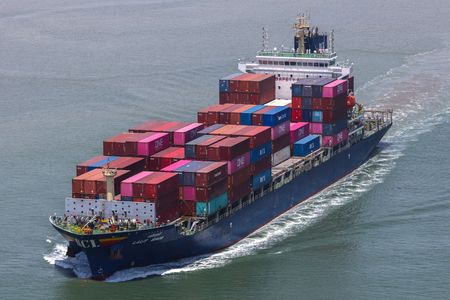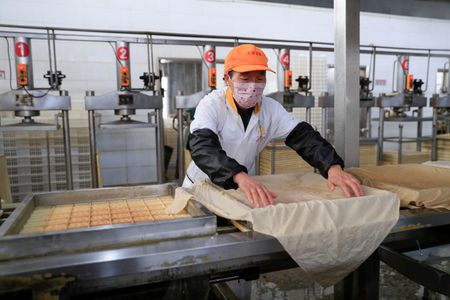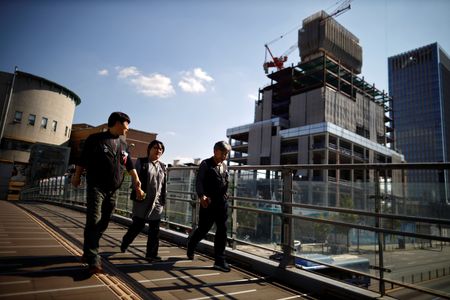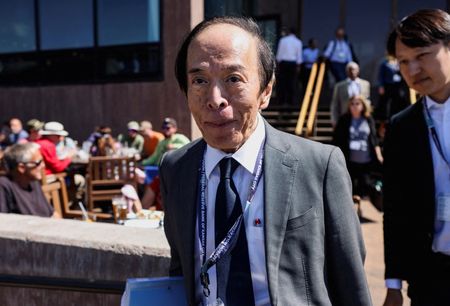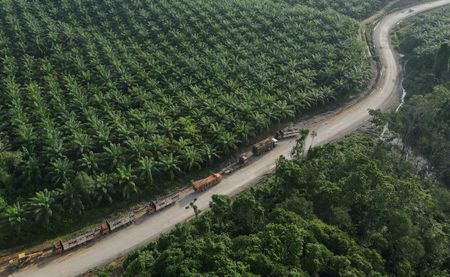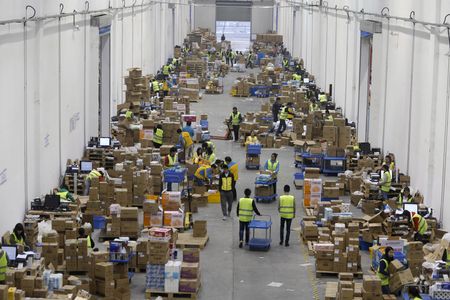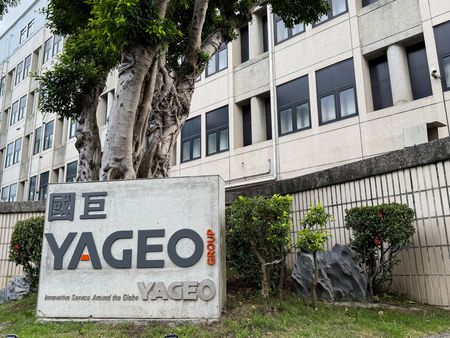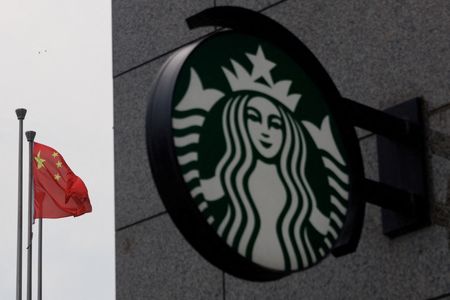HANOI (Reuters) -Vietnam and the United States have started a second round of trade negotiations in Washington, the Vietnamese government said on Tuesday as it seeks a deal to avoid a threatened 46% tariff rate that could weaken its export-driven growth model.
The second round of formal talks for a bilateral trade deal began on Monday and will run until May 22, the trade ministry said in a statement. The first round of talks was held earlier this month.
“The two countries had discussions on the overall approach to resolving fundamental issues of mutual concern and accelerating the negotiation process,” the ministry said.
“Vietnam and the U.S. are also speaking about current policies as a basis for proceeding to next steps.”
Trade Minister Nguyen Hong Dien is leading the delegation, which includes representatives from sectors such as construction, agriculture and technology, as well as officials from the central bank and finance ministry.
Dien also met with his U.S. counterpart Jamieson Greer in South Korea last week, following an APEC meeting.
The U.S. has delayed the implementation of the 46% tariff on Vietnam until July, substituting it with a 10% rate. If enforced, the tariff could disrupt Vietnam’s growth, given its heavy reliance on exports to the U.S., its largest market.
Vietnam, which is a significant regional manufacturing base for many Western companies, recorded a trade surplus of over $123 billion with the U.S. in 2024.
In a bid to reduce that surplus, Hanoi has implemented several measures, including curbing shipments of Chinese goods to the U.S. via its territory and increasing its purchases of U.S. goods.
Dien also held discussions on nuclear technology with U.S. power company Westinghouse on Monday, the ministry said, after the government last year resumed plans to develop nuclear power plants.
Westinghouse did not immediately respond to a request for comment outside of U.S. business hours.
In a separate statement, the finance ministry said state energy firm PetroVietnam planned to buy more crude oil from Exxon Mobil, while the country’s rubber and maritime corporations were both looking to establish U.S. facilities.
(Reporting by Phuong Nguyen and Khanh Vu, Additional reporting by Francesco Guarascio; Editing by John Mair)

